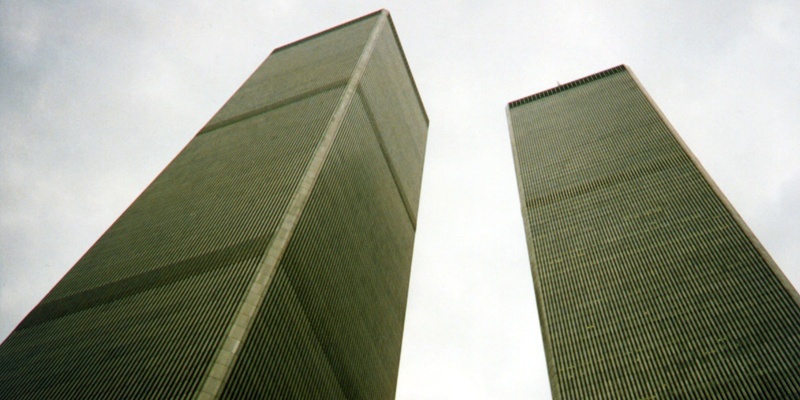The response to global terrorism has had a bigger impact on people’s lives than actual atrocities, according to a St Andrews University academic.
Terrorism expert Professor Richard English told delegates during a conference at the Royal Society in London that policies adopted by the US and Britain after 9/11 had affected communities more profoundly than the disaster itself.
He said: “Despite the awfulness of the attacks in 2001, arguably the main change has been that the USA and its allies engaged in policies which did change the world, far more than the terrorism itself would have done.
“In so far as things have changed, it is probably responses to terrorism, rather than 9/11 itself, which have really made the difference.”
Prof English, who is the incoming director of the Centre for the Study of Terrorism and Political Violence at St Andrews, said a “climate of fear” had followed 9/11.
He stressed it was important not to detract from the human tragedy caused by attacks, but said the level of fear that followed was disproportionate.
“In the wake of a terrorist atrocity, people tend to act in a emotionally driven way and become anxious and worried, meanwhile the government wants to show that it is in control,” he said.
“But many more people die in things that are never discussed on the news.”
Prof English also talked about the invasion of Afghanistan and Iraq by the US after Ground Zero.
“It didn’t herald a new era of mass casualty terrorism, or of catastrophic attacks on the West. Many of the things people think of as new, such as the Afghanistan and Iraq conflicts or religiously motivated terrorism, are arguably versions of a world which was very familiar before 9/11.”
He added that terrorist experts believed a primarily military response to terrorism could be counterproductive.
He said: “In 2011 we probably have a more realistic approach to what can be achieved in terms of containing terrorism rather than getting rid of it. Getting rid of terrorism isn’t a realistic aspiration.”
Prof English chaired the session, 9/11: How and Why Do Terrorist Campaigns End?
Ten years on from the atrocities of 9/11, key figures in the world of terrorism study gathered in London to examine the watershed moment in international relations, and look at the impact the event has had on society.
Speakers included academics and policymakers including Sir David Omand, who was intelligence and security coordinator for Tony Blair between 2002 and 2005.
The event was jointly organised by St Andrews University and the British Academy.
Photo by Flickr userhsivonen.
